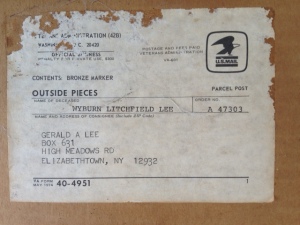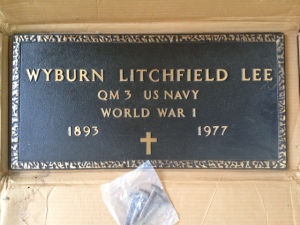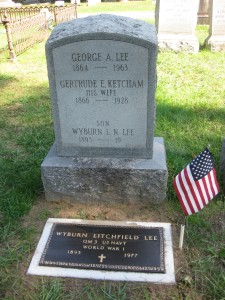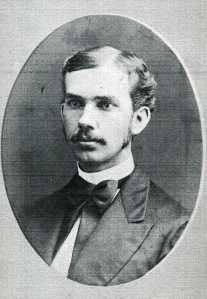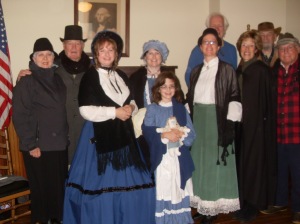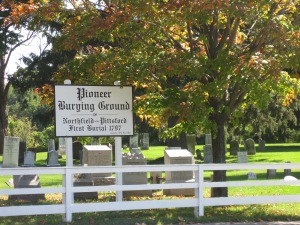
We’re celebrating 200 years of the Erie Canal in Pittsford!
The original Erie Canal was constructed from 1817 – 1825. The portion coming through Pittsford was completed in 1822 – this year marks the bicentennial of the Erie Canal in Pittsford! The Pittsford Town Historian Office has planned a series of events and programs in the month of August to commemorate this milestone in our community’s history. They’ve partnered with the Pittsford Community Library, the Pittsford Recreation Department, Historic Pittsford and the Village of Pittsford to offer fun and informative activities to help you learn more about Pittsford’s canal history. See the schedule below, and for ongoing updates, visit our Erie Canal: 200 Years in Pittsford webpage at www.townofpittsford.org/canal200pittsford.
Erie Canal: 200 Years in Pittsford Programs and Activities Schedule
Free, unless otherwise noted.
Wednesday, August 3, 6:30 – 8:00pm Historic Sam Patch Twilight Boat Tour
Enjoy a twilight cruise on the Sam Patch with the Pittsford Town Historians as we celebrate the bicentennial of the Erie Canal completion through Pittsford. Passengers will receive a Pittsford history book, water and a snack during this 90-minute narrative cruise; tickets are $20 per person. Registration is required through Pittsford Recreation: www.townofpittsford.org/recreation.
Saturday, August 6, 10:00am – 12:00pm Historic Schoen Place Walking Tour
Celebrate the bicentennial of the Erie Canal completion through Pittsford with a walking tour of Schoen Place led by Bob Corby. Bob, a multi-generational Pittsford resident and former Village Mayor, will discuss the history of canalside landmarks and explain how and why the canal was integral to so much of Pittsford’s history. Free. Register online at www.townofpittsford.org/recreation. Meet at the Veterans Monument at the Port of Pittsford Park – 22 North Main St.
Wednesday, August 10, 4:00pm Lemonade on the Lawn at Village Hall
Friends of all ages are invited to lemonade on the lawn of the Pittsford Village Hall, 21 North Main Street, in honor of the bicentennial of the completion of the Erie Canal through Pittsford. Join us on Wednesday, August 10, 2022 at 4:00pm when Mayor Plummer reads canal-related children’s stories.
Thursday, August 11, 9:30am Canalside Storytime
Join Miss Sarah for a canalside story time. There will be stories, songs and fun for ages 1-6. Pittsford Community Library program in Carpenter Park at the Port of Pittsford, no registration needed.
Tuesday, August 16, 12:00pm Seniors Lunch featuring canal songs with John Dady
Seniors lunch featuring canal songs with John Dady at the Spiegel Pittsford Community Center VanHuysen Community Room; $6.00 per person, call Pittsford Seniors Office to register at 248-6235.
Friday, August 19, 6:30pm Canal History Table
Canal history table at Town Summer Concert by the Pittsford Fire Department Band, in Carpenter Park at the Port of Pittsford staffed by the Pittsford Town Historians
Monday, August 22, 7:00 – 8:00pm The Conception of the Erie Canal
Derrick Pratt, museum educator at the Erie Canal Museum in Syracuse, looks at the early efforts to harness New York’s interior waterways and the political wrangling that almost kept the “Eighth Wonder of the World” from happening. No registration needed. Pittsford Community Library Fisher Meeting Room.
Wednesday, August 24 5:00pm Picnic & Program: The Erie Canal, the Early Years
Erie Canal Scholar and Historian Craig Williams, music with Pete Morrissey
5:00pm entertainment, 5:30pm picnic dinner, presentation at 6:00pm
Join us for a summer picnic at Kings Bend Park (North Lodge) and learn about the early history of the Erie Canal. Using seldom-seen manuscripts from the New York State Archives from the first days of the Clinton’s Ditch, Craig Williams will provide an illustrated overview of how the people of New York State learned to survey, design, construct and operate this unparalleled engineering achievement. Who took the first shovel and where? Who did the rest of the shoveling? Once built, who was going to maintain it and how? New Yorkers were the first to undertake such a massive public works. As we are in the midst of the bicentennial of the Erie Canal, now is an especially good time to better appreciate this truly remarkable accomplishment.
Enjoy music by Pete Morrissey and a picnic dinner (sandwich, chips, cookie and beverage), followed by a wonderfully informative presentation by Erie Canal scholar and historian Craig Williams. Presented in partnership with the Pittsford Recreation Department, the event is free but advance registration required – visit www.townofpittsford.org/recreation to register online or call 248-6280 for more information. King’s Bend Park is located at 170 Jefferson Road.
Saturday, August 27, 10:00am – 12:00pm Erie Canal Cemetery Tour
Join the Pittsford Town Historians as we celebrate the bicentennial of the Erie Canal completion through Pittsford with a canal-themed walking tour of Pittsford Cemetery. Hear about a canal contractor and boat captains, discover those who traveled to Pittsford on the canal and others who lost homes to canal expansion. Pittsford Cemetery is north of the village with entrances on Washington Rd. Registration is required. Meet at the cemetery flagpole. Free, but registration is required. Register online here.
Tuesday, August 30, 12:00pm Seniors Lunch featuring canal trivia with the Town Historians
Seniors lunch featuring Canal trivia with the Town Historians, at the Spiegel Pittsford Community Center VanHuysen Community Room; $6.00 per person, call Pittsford Seniors Office to register at 248-6235.
August 1-August 31 Schoen Place Scavenger Hunt
Explore Schoen Place along the canal and you may win a prize basket from our Town Historians! Beginning August 1, pick up our canal-themed scavenger hunt list at the Library or at the Community Center – or find one online at http://www.townofpittsford.org/canal200pittsford. Complete and return it by September 8 to the Spiegel Pittsford Community Center. All correct entries will be entered in the prize drawing. The winner will pick up their prize at the community center.





 Question of Sanity: The True Story of Female Serial Killers in 19th Century New York and Mad House: The Hidden History of Insane Asylums in 19th Century New York. These are just a few of the truly fascinating books he has written, signed copies of which are available for sale in the Fairport Historical Museum gift shop.
Question of Sanity: The True Story of Female Serial Killers in 19th Century New York and Mad House: The Hidden History of Insane Asylums in 19th Century New York. These are just a few of the truly fascinating books he has written, signed copies of which are available for sale in the Fairport Historical Museum gift shop.

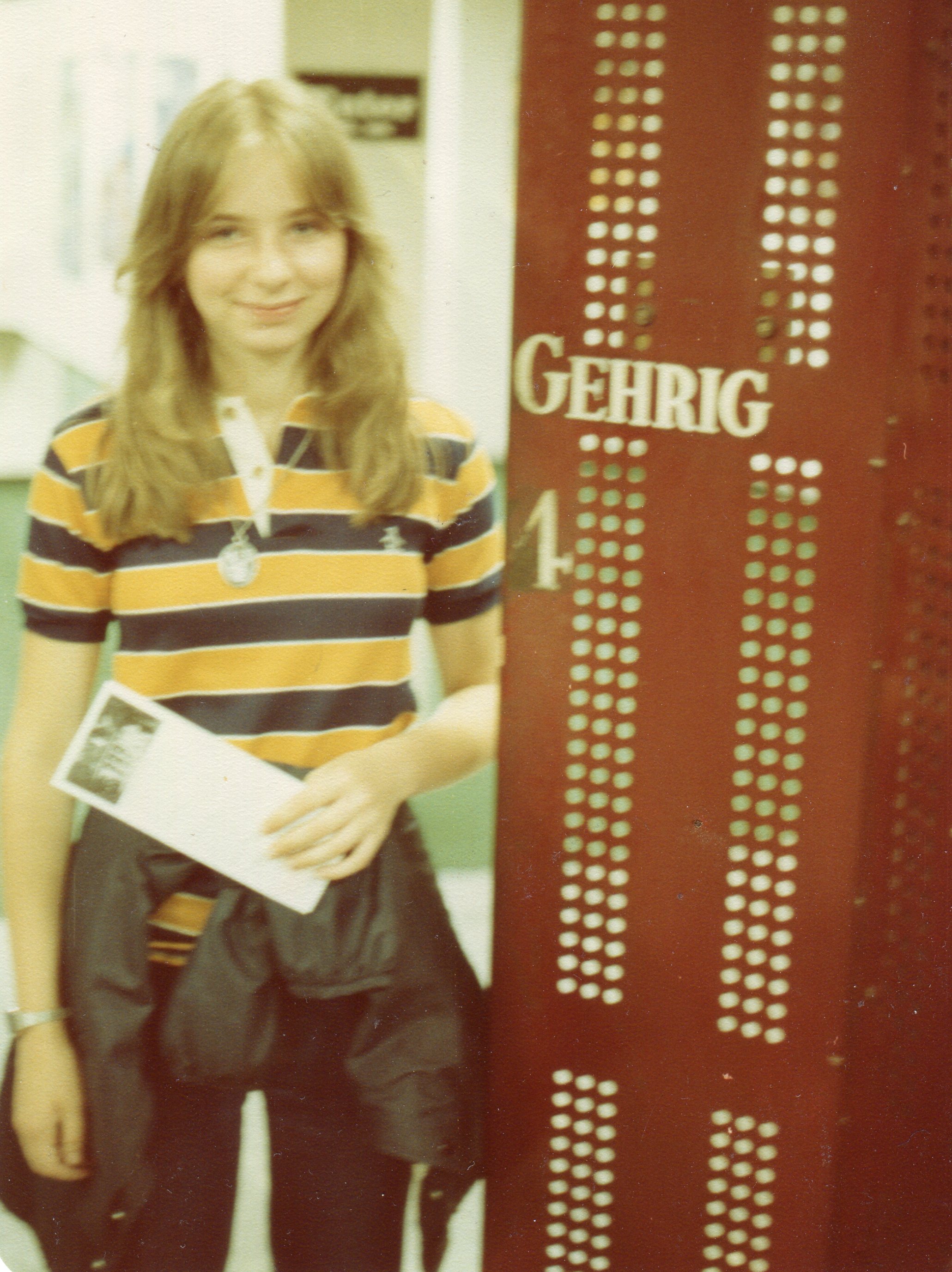
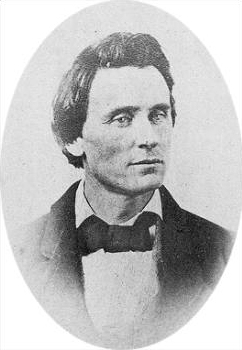
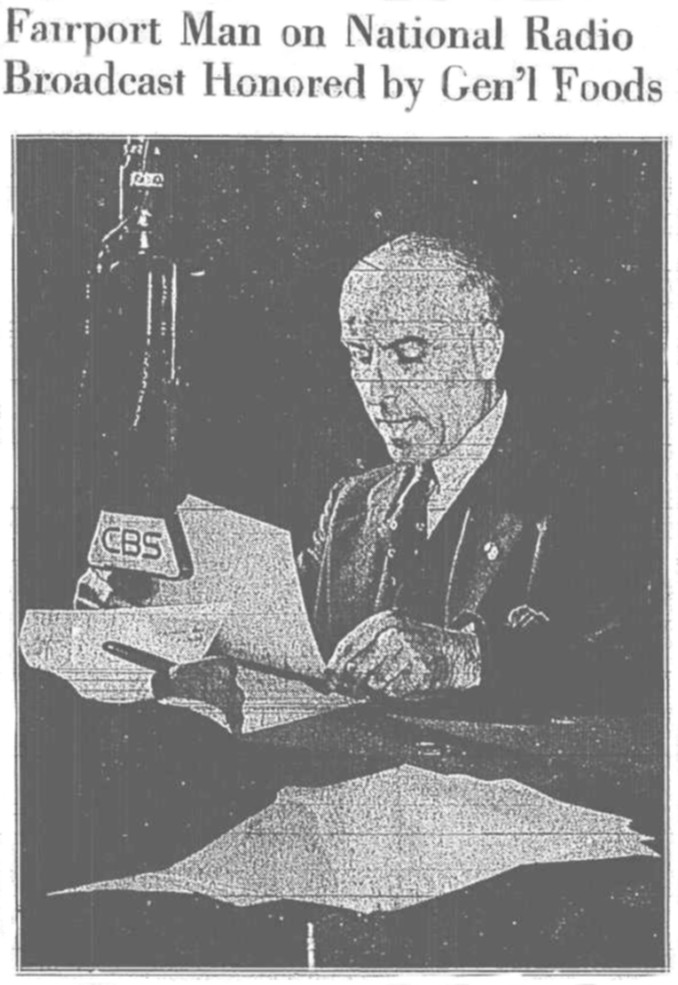 On June 13, 2017, Illuminated History held its sixth annual cemetery tour in which volunteer actors portrayed residents of the burying ground. The tour, which was sponsored by the Perinton Historical Society, took place at the Fairport Historical Museum. St. Mary’s Cemetery in the town of Perinton, New York, was the focus of the tour.
On June 13, 2017, Illuminated History held its sixth annual cemetery tour in which volunteer actors portrayed residents of the burying ground. The tour, which was sponsored by the Perinton Historical Society, took place at the Fairport Historical Museum. St. Mary’s Cemetery in the town of Perinton, New York, was the focus of the tour.


